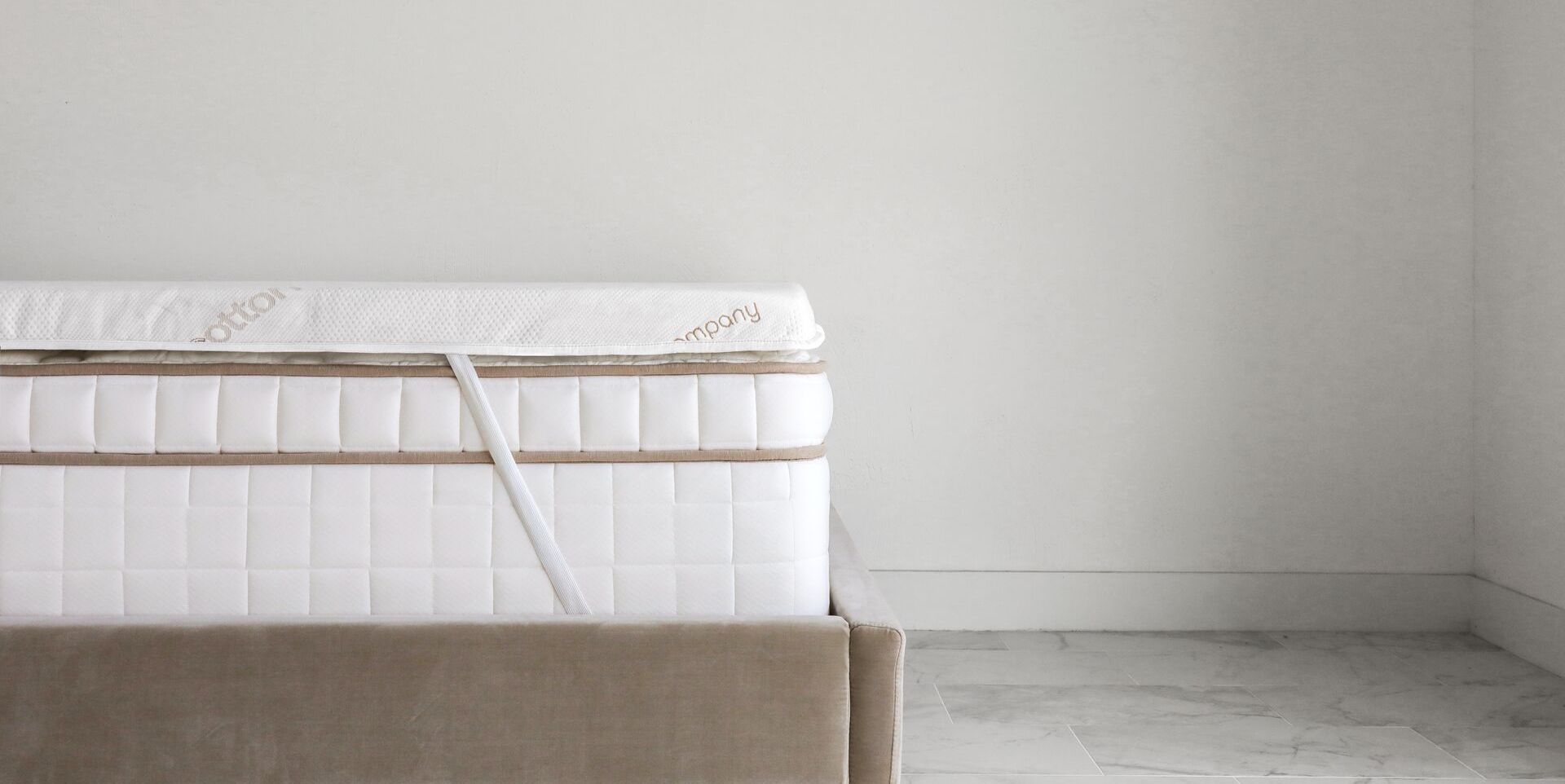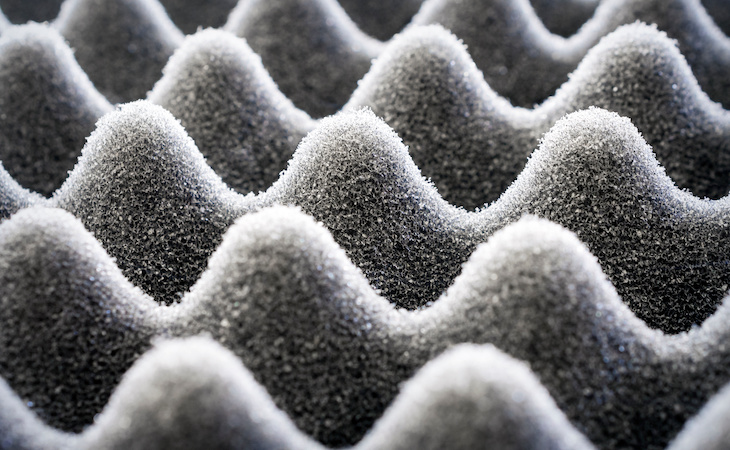What is a memory foam mattress topper, and why would you need one? The primary goal of a memory foam mattress topper is to improve your comfort so you don’t have to go out and buy a new mattress.
While mattress toppers can be made from a variety of materials, memory foam bed toppers are some of the most common on the market—and for good reason. Here’s what you need to know before buying one.
What is a memory foam mattress topper?
A memory foam topper, also sometimes referred to as a memory foam pad, is a layer of memory foam, usually 1-3 inches thick, that covers the entire surface of your bed. The purpose of a memory foam topper is to make you more comfortable than you would be sleeping on a mattress alone.
For example, you could use one if your mattress is too soft or too firm for you or if it’s become uneven but you’re not ready to buy a new one yet. These toppers are also a perfect solution for people who have a temporary need for a softer sleep surface due to an injury. The topper’s extra layer of foam helps relieve pressure points, with the mattress underneath providing structure and support.
Different types of memory foam pads
There are several types of memory foam used in mattress toppers. Here are the most common you’ll find:
- Traditional memory foam was first introduced in the market in the mid-1990s and is designed to provide cradling support and pressure relief. Traditional memory foam, however, is known to sleep hot.
- Open-cell memory foam is a newer and more common type of memory foam today. It’s less dense than traditional memory foam—which means it provides better airflow and reduces the amount of heat retention, keeping you cooler at night.
- Gel memory foam is a memory foam that has been infused with tiny gel microbeads. The gel beads wick away heat, keeping you cool at night, while still providing the contouring properties of memory foam.
- Graphite-infused memory foam has a layer of graphite that draws heat away from your body. It has the same pressure-relieving properties as other types of memory foam but won’t make you wake up sweating.
- Polyurethane foam, also called polyfoam, is very similar structurally to memory foam. The difference is that it lacks the viscoelastic properties that make memory foam “melt” under your body heat and conform to your body shape. While that might be a disadvantage to some, it might appeal to people who prefer a quicker bounce-back when releasing pressure.
Benefits of memory foam mattress toppers
There are numerous benefits you’ll get from sleeping on a memory foam mattress topper. Here are the biggest ones:
- It prolongs the life of an old mattress. For example, if your mattress has gone soft, a firmer mattress topper may help make it more comfortable for a bit longer. (Keep in mind, though, that a mattress topper will not fix a sagging mattress).
- It can add a layer of cushiness if your mattress feels too firm. If your mattress is too hard, you don’t necessarily have to go out and buy a new one—just add a softer mattress topper to your bed.
- It relieves pressure points and promotes proper spinal alignment, which is particularly important for people with chronic pain, a temporary injury, or conditions like arthritis or fibromyalgia.
- If you sleep too hot or too cold, choosing the right mattress topper may help regulate your body temperature.
- If you tend to wake up at night when your partner moves around in bed, a good memory foam bed topper can eliminate the problem of motion transfer.
- It can ease the “break-in period” of a new mattress. It can take a few months to fully break in a new mattress, and a memory foam topper can help make your new bed more comfortable in the interim.
Disadvantages of memory foam mattress toppers
With all their benefits, some types of memory foam are not without their drawbacks. Keep these in mind when you choose yours:
- Traditional memory foam sleeps hot, so it might not be the best option for people who get warm overnight. Instead, if you want to get the benefits of sleeping on memory foam, look for gel or graphite-infused memory foam topper.
- Some memory foams off-gas, leaving you with that new mattress smell sometimes for quite a while. If you’re sensitive to smells, it’s important to look for eco-friendly foams that use plant-based ingredients as this can ensure you won’t get that odor.





